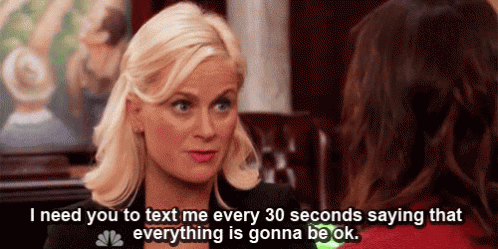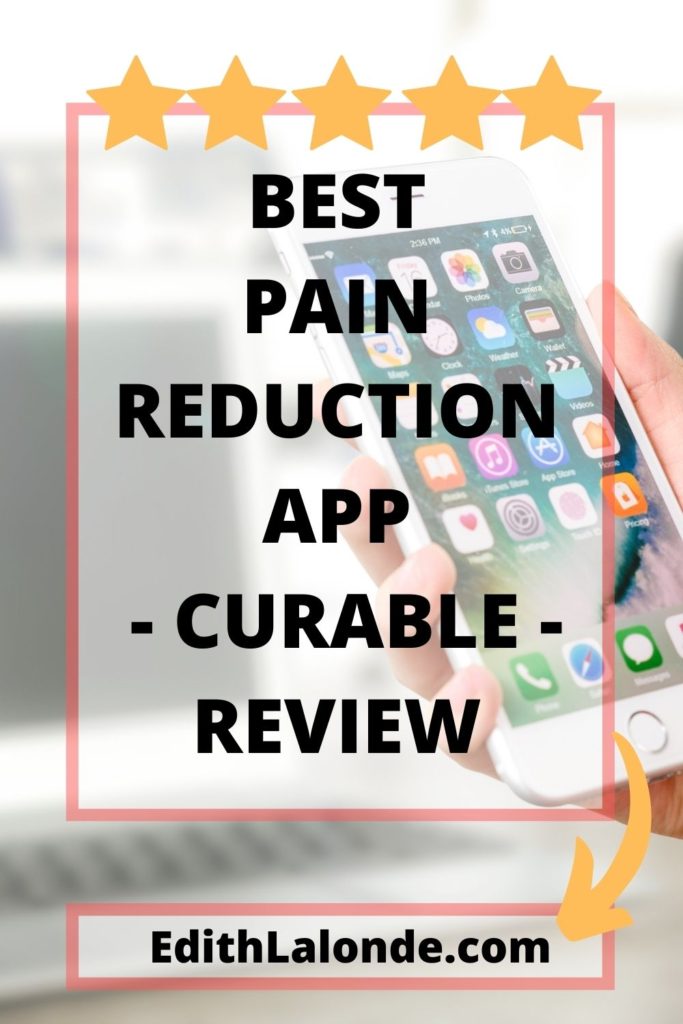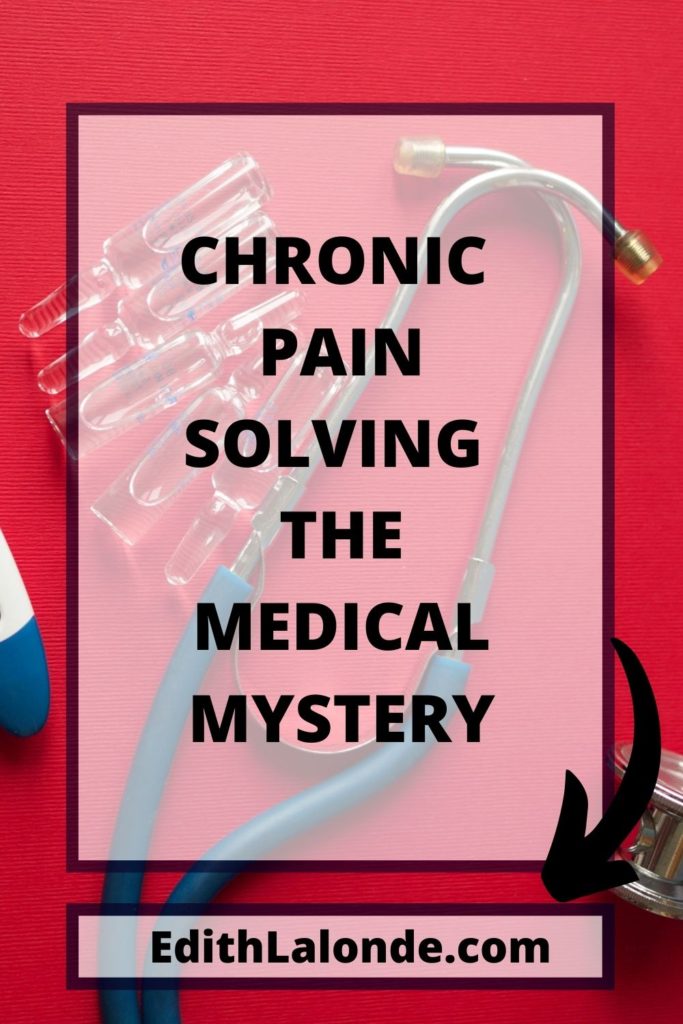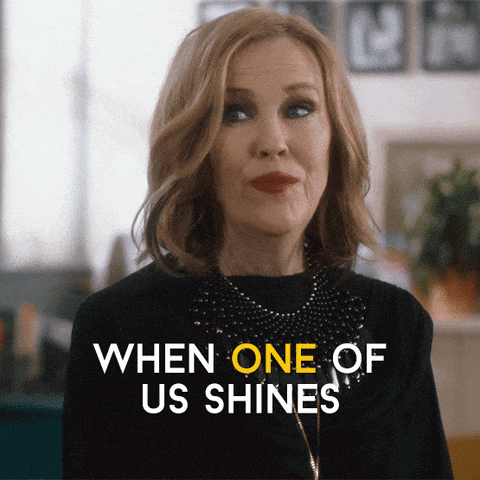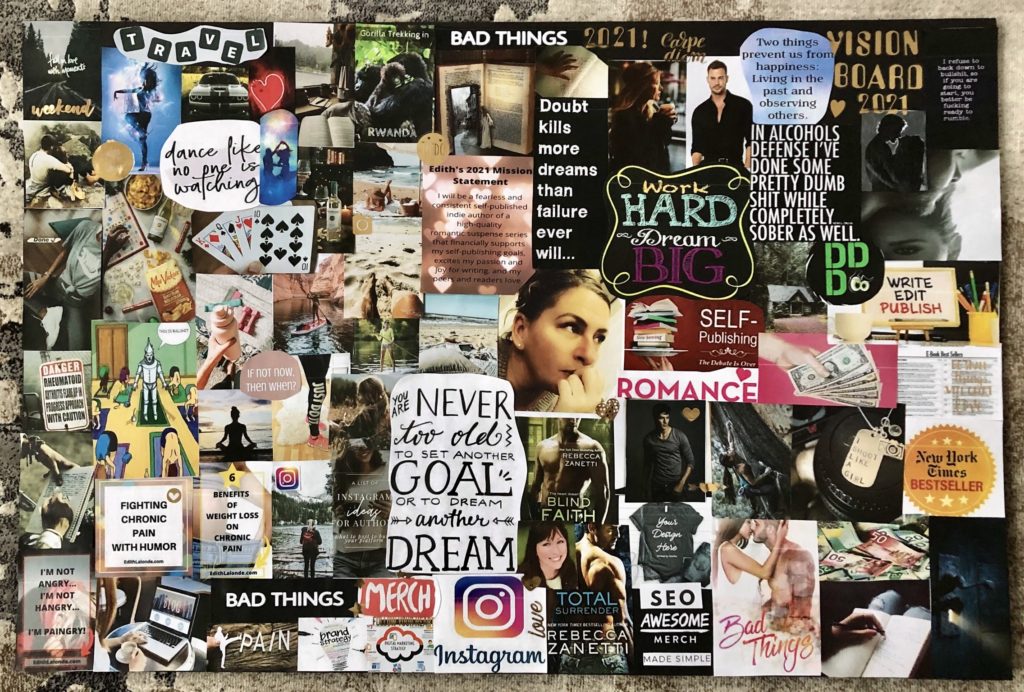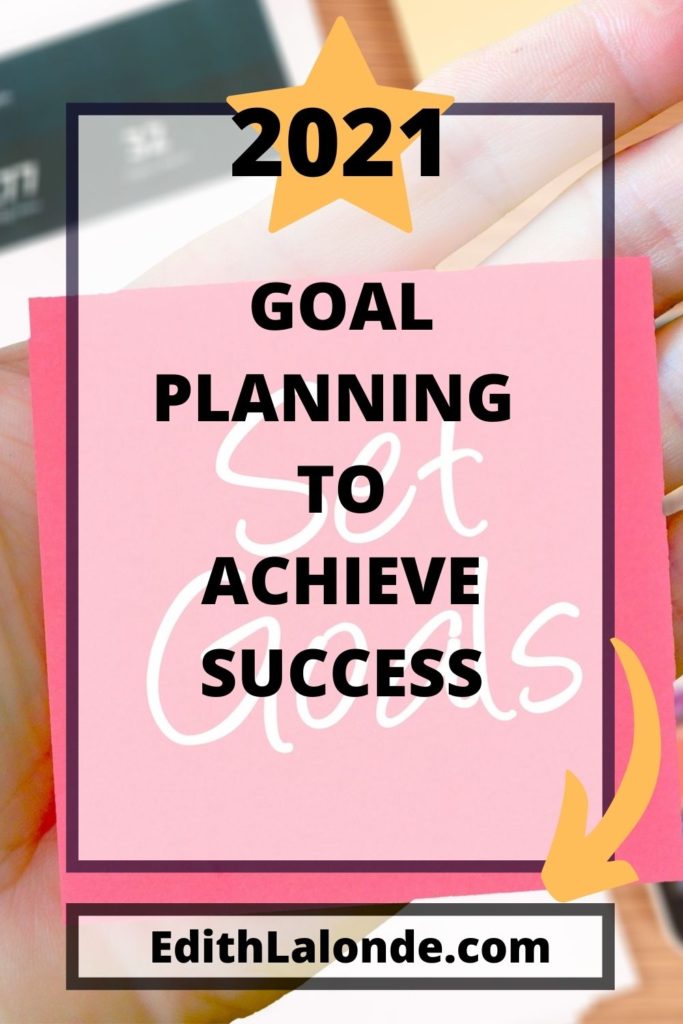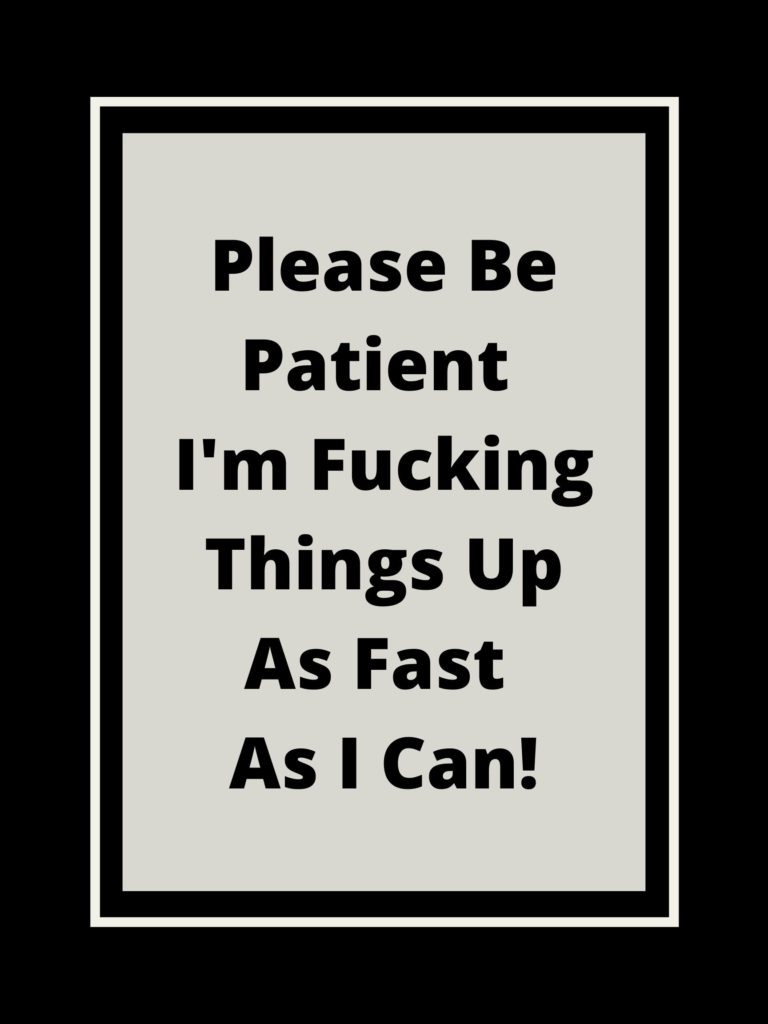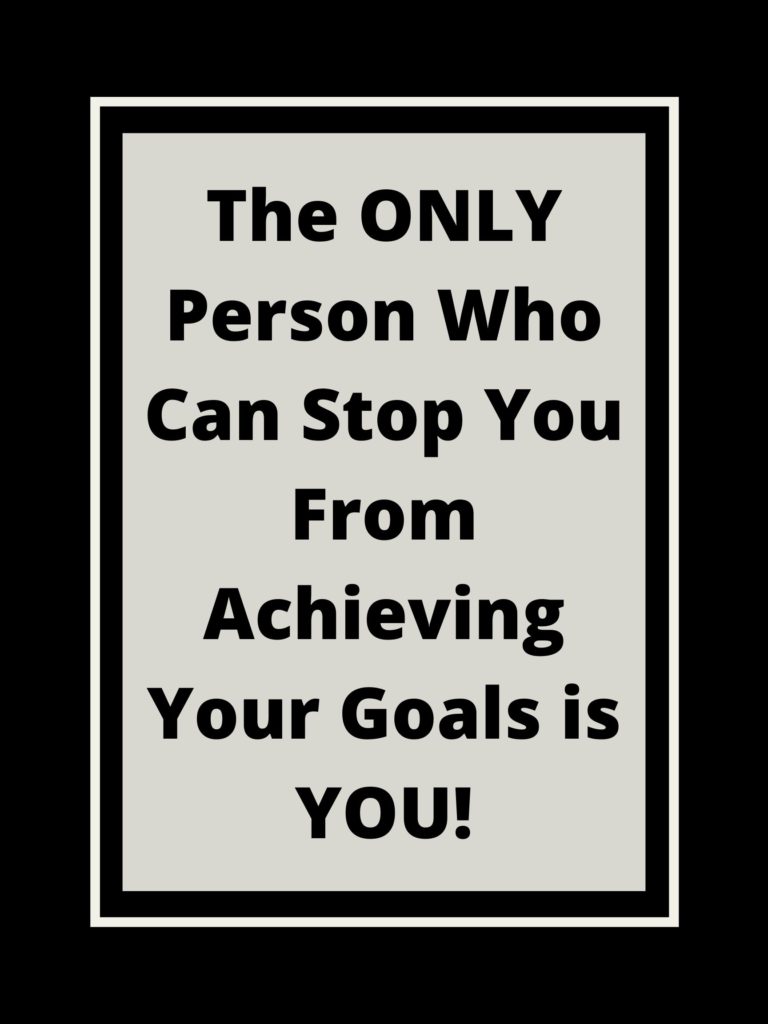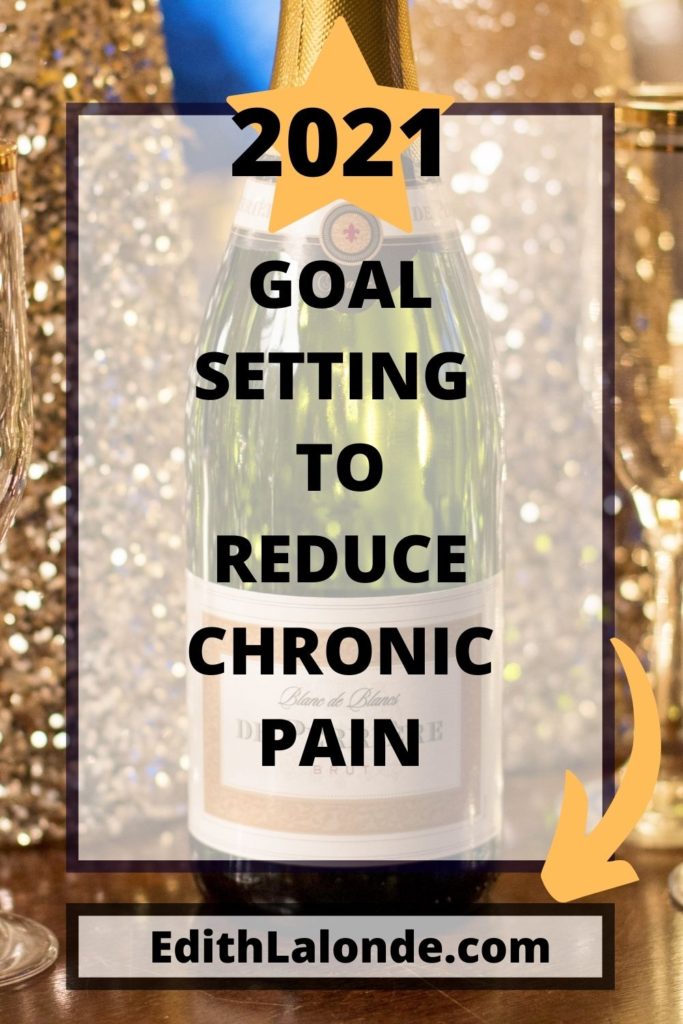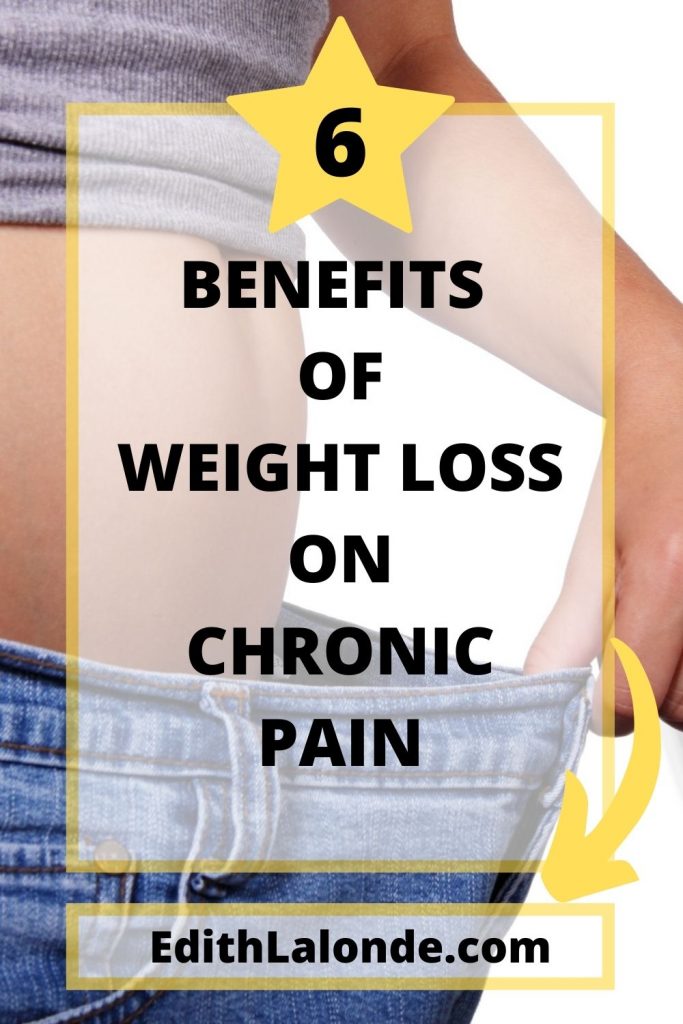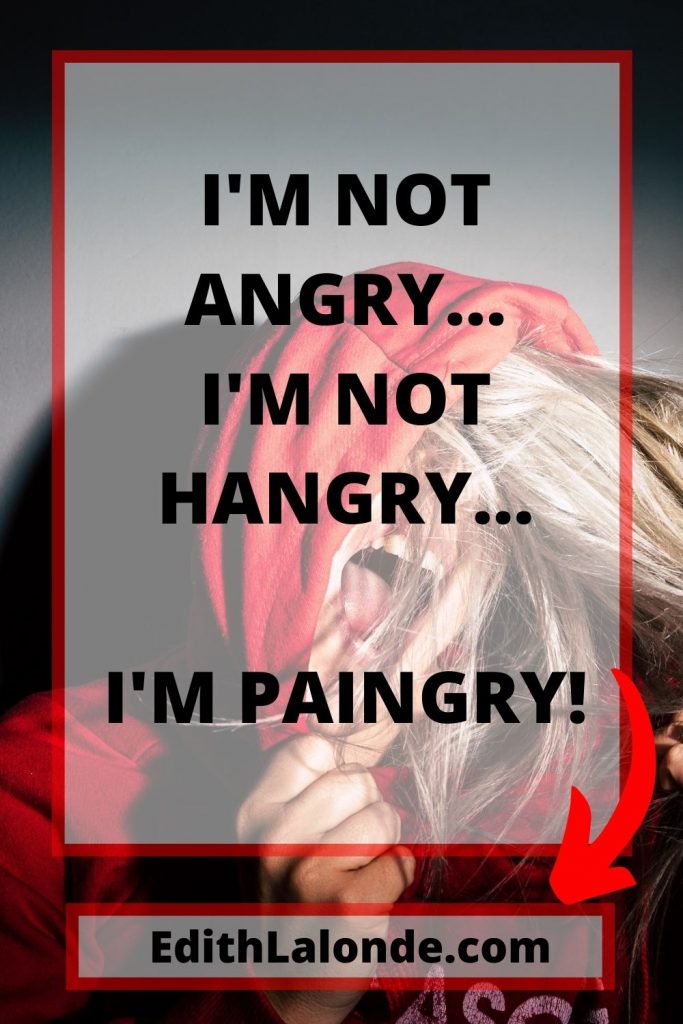WHAT IF…
Greetings from Brindisi, Italy!
It’s been way more than a hot minute since my last blog post. I’ve been up to my eyeballs in developmental edits on my first soon-to-be-published novel. As a chronic pain warrior who has to manage her energy carefully, I’ve been putting all of my effort and brainpower toward reaching my indie publishing goal.
And it’s happening!
Book One in the Joint Task Team Series is back with the editor. The book title has been chosen, the back copy finalized, and the cover is under development. I will be a published author as of January 2022!
I’m freaking excited. And freaking nervous.
There are so many what-ifs when you take on any creative endeavor. So many opportunities for failure and criticism. What if I choose the wrong cover? What if the back copy doesn’t sell the book? What if the book sells and readers HATE it? What if I embarrass myself, my family, my dog? What if I’m a complete and total failure who just wasted years of her life and thousands of dollars pursuing a dream that is beyond reach?
Yeah, fuck you, what-ifs.
I’m doing this. Why? Because I can. I don’t want to be the person who didn’t dare to try because of fear of failure. I’m changing my narrative from what if to SO what if. So what if I fail? So what if I choose the wrong cover? So what if readers hate my story?
SO WHAT IF...
Nothing. That’s what.
Sure, I’ll be disappointed. Will I have learned? Hell yes. Will I try to do better next time? Hell yes. Can I choose a new cover? Pull the book and rewrite or rebrand at a later date? Try another story and another series? Hell yes.
The beauty is…if I’m willing to sit down and do the work of writing books to publish…I can do ANYTHING I want with those books.
They’re mine. They have my name on the cover. I own the rights.
Writing a book is hard work. For a person with chronic pain, sometimes accompanied by severe bouts of brain fog, writing a book can be an even greater challenge.
So why do it? Why make the effort? Why spend months with my butt in a chair stringing words together until a story forms and characters come to life?
Because growing up in a small town, reading was my escape. Because as a young mother of two, reading was my escape. Because as a person living with Fibromyalgia and Arthritis, reading is STILL my escape.
The thousands of books I’ve read, the dozens of authors I love have stuck with me through good times and bad. Fictional characters don’t judge ME. They don’t try to fix ME. They’re simply there to entertain. To offer me a fantasy life that’s not my own.
I open a book, and an obsessed vampire saves me from my pain-filled existence and then cooks me dinner. I open a book, and a billionaire whisks me away on his yacht and then cooks me dinner. I open a book, and a hunky cowboy saves my ranch and then cooks me dinner.
You get the idea!
Writing is the same for me. I’m swept out of my everyday life into the worlds that exist inside my head. Putting words on paper is the culmination of years of making mental movies. Yes. Writing is hard work. It’s also an escape.
And hopefully, someday, somewhere, a reader will pick up one of my novels and find their escape, too.

Current discomfort level 3/10.


